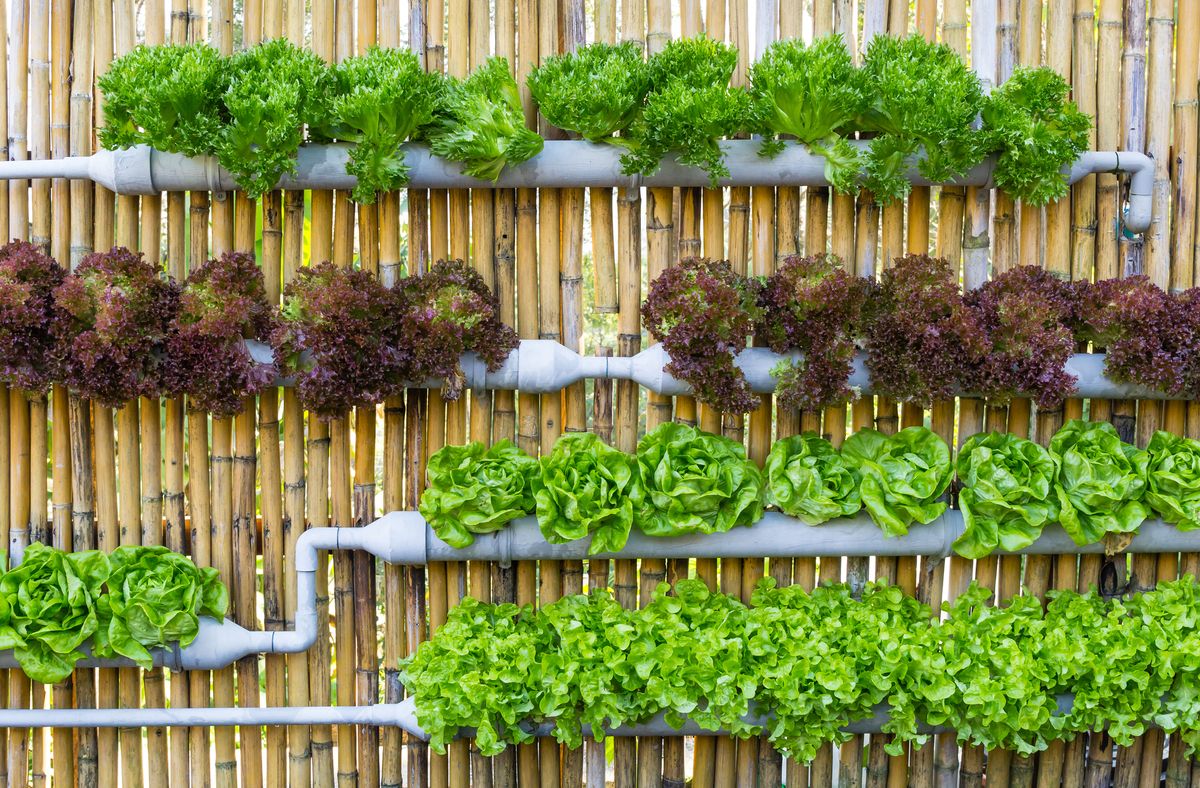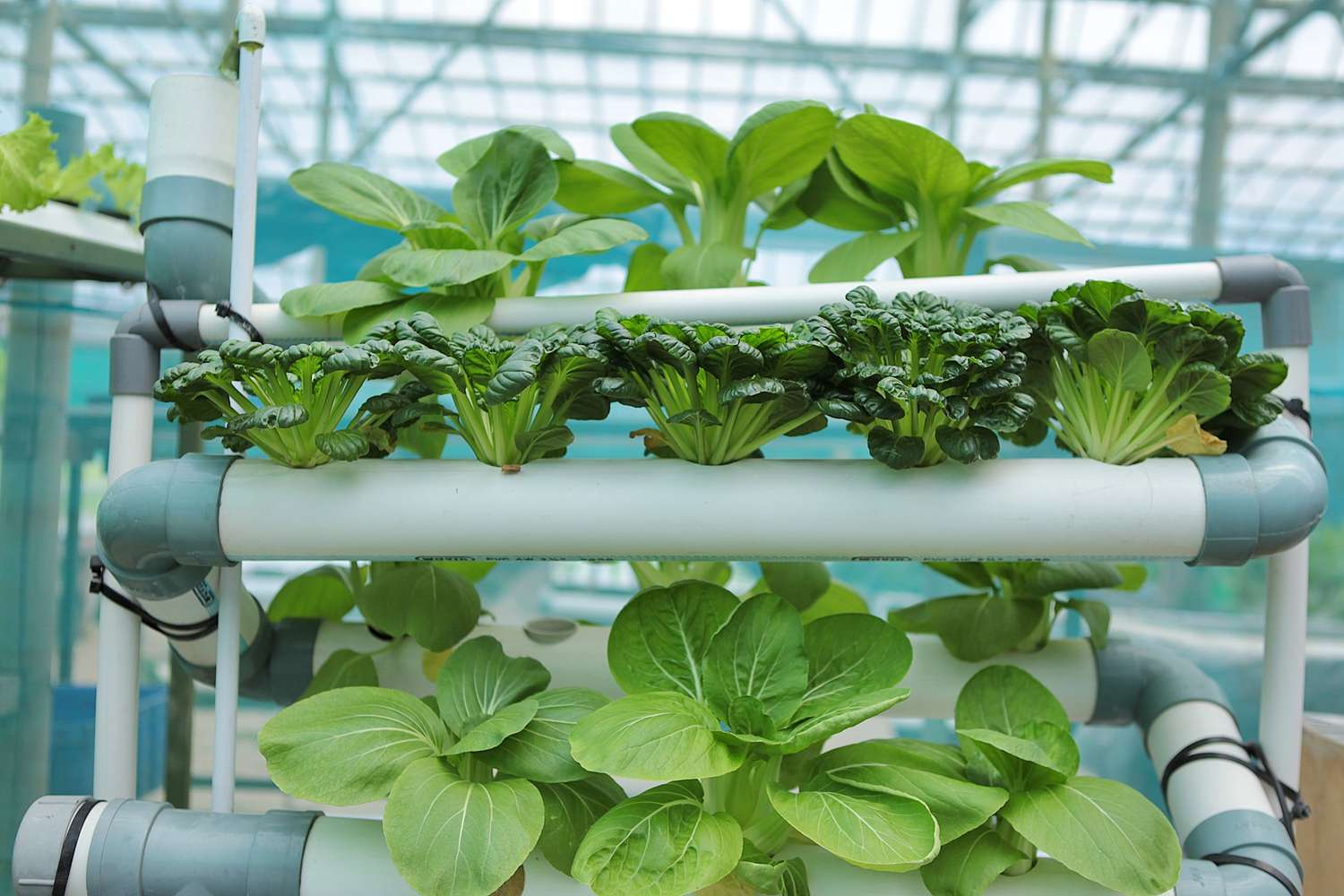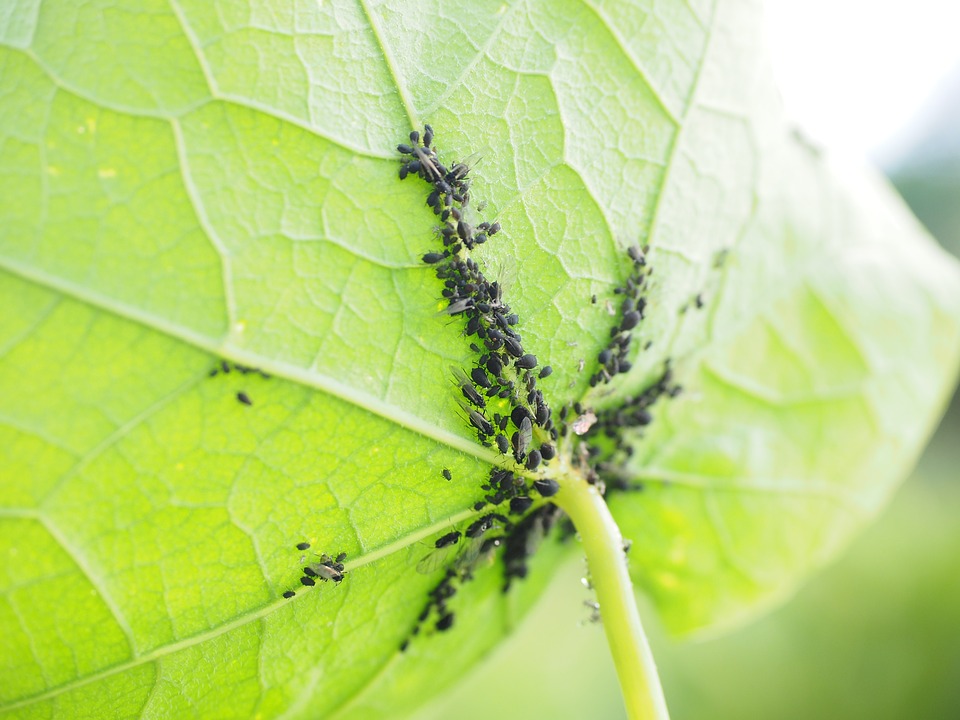In the realm of modern agriculture, hydroponics has emerged as a groundbreaking method of cultivating plants without traditional soil. This soil-less system offers numerous advantages, from efficient space utilization to optimal nutrient delivery. In this guide, we’ll explore the essential steps and considerations for starting your hydroponic garden, enabling you to embark on a journey of sustainable and innovative gardening.
Understanding Hydroponics
Hydroponics, derived from the Greek words “hydro” (water) and “ponos” (labor), involves growing plants in nutrient-rich water solutions without the use of soil. Instead, plants receive essential nutrients directly through water, which is often enriched with a precisely balanced nutrient solution. This method allows for greater control over the growing environment, leading to faster growth rates and higher yields.
Choosing Your Hydroponic System
Before diving into hydroponic gardening, it’s crucial to select the right system for your needs. Various hydroponic systems exist, each with its advantages and considerations. Common types include:
- Deep Water Culture (DWC): Plants are suspended in nutrient-rich water, with oxygen provided by air stones or diffusers.
- Nutrient Film Technique (NFT): A thin film of nutrient-rich water flows over plant roots, ensuring a continuous nutrient supply.
- Drip System: Nutrient solution is dripped onto the base of each plant, promoting efficient nutrient absorption.
- Aeroponics: Plant roots are suspended in air, with nutrient solution misted onto them at regular intervals.
Consider factors such as space, budget, and the type of plants you wish to grow when choosing your hydroponic system.
Setting Up Your Hydroponic Garden
Selecting a Growing Space: Choose a location with access to adequate light, whether natural sunlight or artificial grow lights. Ensure sufficient space for your chosen hydroponic system and consider factors like temperature control and ventilation.
Acquiring Equipment and Supplies: Gather essential equipment, including grow lights, containers, nutrient solutions, pH meters, and pumps, depending on your chosen hydroponic system. Quality equipment is crucial for ensuring a successful hydroponic setup.
Installing Lighting Systems: If growing indoors or in a location with limited natural light, invest in high-quality grow lights. LED lights are energy-efficient and provide a spectrum suitable for various stages of plant growth.
Setting Up the Hydroponic System: Install your chosen hydroponic system according to the manufacturer’s guidelines. Ensure proper plumbing, secure containers, and test the system for leaks. Pay attention to details, as a well-set-up system is essential for optimal plant growth.
Choosing Plants for Hydroponic Gardening
Hydroponic gardening allows for the cultivation of a wide variety of plants, from leafy greens to fruiting crops. Consider factors such as the size of your hydroponic system, available space, and your personal preferences when selecting plants. Herbs like basil and mint, leafy greens, and tomatoes are popular choices for hydroponic gardens.

Managing Nutrient Solutions
Understanding Nutrient Requirements: Different plants have varying nutrient requirements at different growth stages. Familiarize yourself with the specific needs of the plants you’re cultivating and adjust nutrient solutions accordingly.
Monitoring pH Levels: pH levels in hydroponic systems significantly impact nutrient absorption. Regularly test and adjust the pH of your nutrient solution to ensure it falls within the optimal range for your chosen plants.
Replacing Nutrient Solutions: Hydroponic systems require periodic replacement of nutrient solutions to prevent nutrient imbalances and ensure plant health. Follow a regular schedule for changing and replenishing nutrient solutions.
Daily Maintenance and Care
Checking Water Levels: Monitor water levels regularly to ensure plants receive a consistent nutrient supply. Adjust water levels as needed to prevent roots from drying out or becoming waterlogged.
Pruning and Training Plants: Maintain plant health and encourage optimal growth by pruning and training your plants. Remove dead or damaged foliage, and provide support for heavier crops to prevent breakage.
Preventing Pests and Diseases: Hydroponic gardens are not immune to pests and diseases. Implement preventive measures such as regular inspections, maintaining a clean environment, and using natural remedies like neem oil when necessary.
Embarking on the journey of starting a hydroponic garden opens the door to a world of innovation, sustainability, and fresh, home-grown produce. By understanding the fundamentals of hydroponics, choosing the right system, and providing attentive care to your plants, you can cultivate a thriving garden that not only enhances your living space but also contributes to a more sustainable and self-sufficient lifestyle. Happy gardening!



